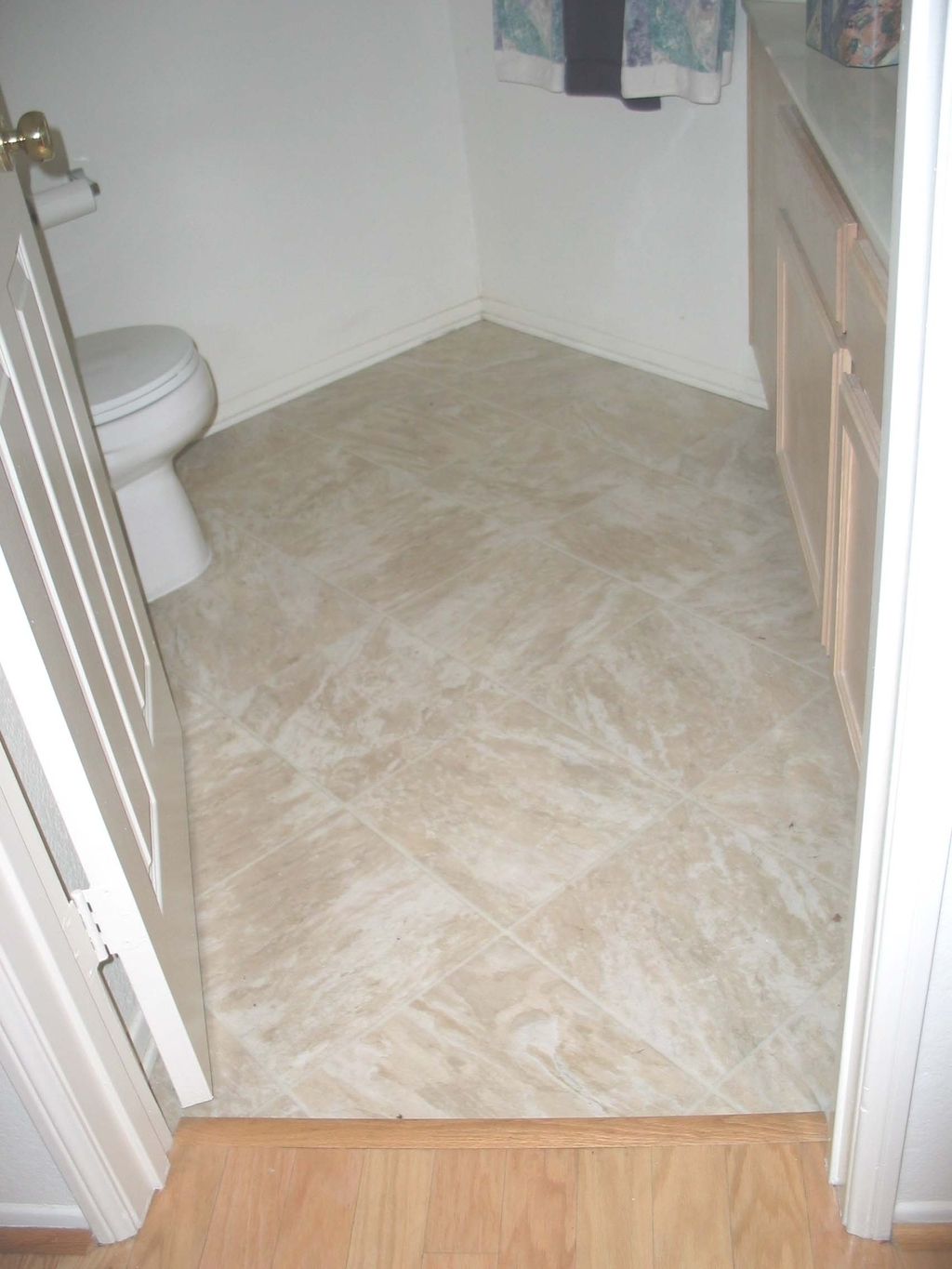

These are usually close to the toilet and can hold extra toilet paper rolls or other supplies as necessary.

Some people add a shelf or two as secondary storage. This can help maintain a feeling of order even when a countertop is busy. One option for controlling a mess is grouping same-color things and turning them into an impromptu art display. The natural place to do this is under sinks, which is why most bathrooms have large cabinets with sinks on top rather than freestanding basins.Ĭountertops in bathrooms tend to fill with clutter unless you actively take measures against that. Minimizing is important, but doing so effectively often involves adding storage in the right places. Make sure to avoid putting the sink directly next to the toilet because that runs the risk of people bumping into the windowsill when they’re getting up.
#Small master bathroom layouts windows
Windows can go almost anywhere.īut common locations include directly across from the door, between two sinks, or between a sink and a tub. Sinks and counters usually cover most or all of one side within a bathroom, stopping short only to fit in a toilet or tub. Most master bathrooms have at least one window. Otherwise, it’s better to combine the two and use the extra space for something else. Only separate the shower and the tub in the master bathroom if you have enough space to do so comfortably. Similarly, the room should have no more than one window along a wall and, optionally, a single skylight. It’s usually better to avoid adding too many things to the room that don’t need to be there.įor example, instead of covering a wall in art, it’s often better to have a single piece on display.

The slight exception is toilets, where a privacy wall can add a feeling of safety and privacy. Minimize How Many Things The Room Hasīathrooms tend to work best when they feel open and uncluttered. Outside of these design principles, there are a few other points to keep in mind when creating a good master bathroom layout. Houses with small bathrooms may omit privacy stalls and keep things closer together. In larger homes, the sinks may be in a small room by themselves, with the toilet, bath, and shower through other doors. Naturally, the details can vary based on household design and how much room you have. Showers and tubs are usually along the side of the corridor opposite the sink, or at the far end of the bathroom. Toilets tend to be on the far side of the room, often with a wall for privacy since master bathrooms are often shared by two people. Most people are right-handed, so sinks (including countertops) are placed so that it’s as easy as possible for people to reach out and grab things when they enter. Many master bathrooms put the sink as close as possible to the door, running parallel to the main corridor and often on the right-hand side. Ideally, the door won’t block access to anything while it’s open, but users may need to close the door to access something in certain building designs. Doors typically swing into the bathroom and away from the bedroom.

Other variations on the entryway are unusual. Most master bathrooms follow a “corridor” design style where things are on one or both sides of a central walkway accessible from the door.ĭepending on home design, this corridor could be straight down from the door or come after a 90-degree turn immediately after entering the room. Such rooms are known as 3/4 bathrooms instead. If a bathroom only has a shower, it isn’t technically a master bathroom, even if some advertising material may refer to it as such. Before we discuss the design principles in detail, we need to clarify this point.Ī master bathroom is a bathroom that has both a shower and a bathtub, either separate or combined, that connects directly to the biggest bedroom in a house.


 0 kommentar(er)
0 kommentar(er)
